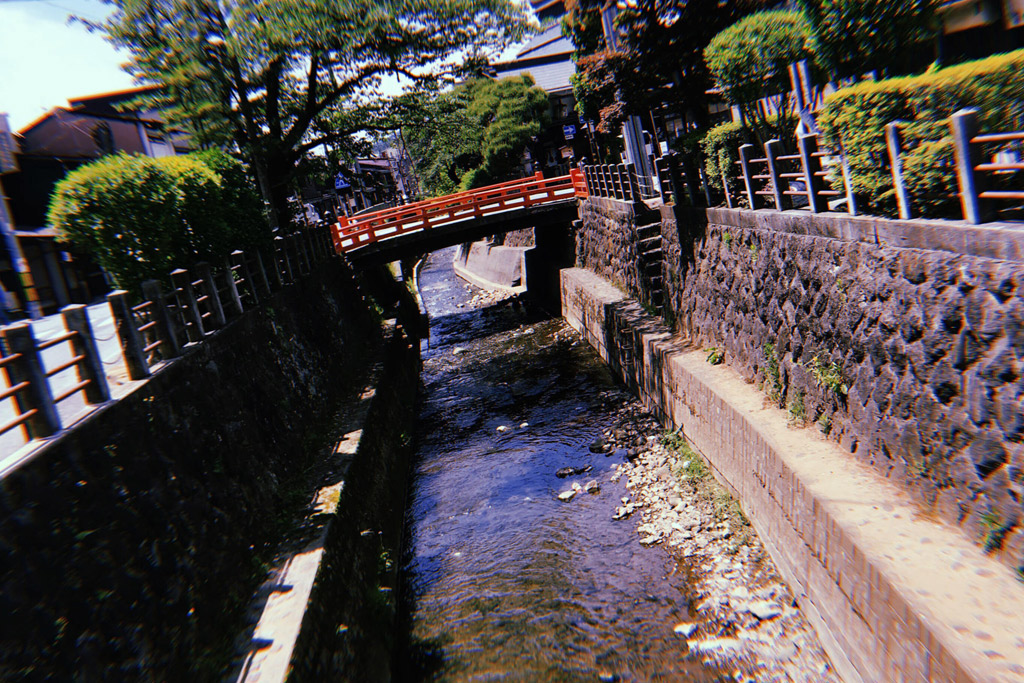The process of canalising a water course is building a channel with a planned cross-section to accommodate the necessary flow characteristics and capacity. This may be done to influence how a river meanders through a populated region or close to infrastructure. The water course would be free to deteriorate and produce issues if there was no regulated containment in place. When channels move clean water through contaminated ground or the opposite, they may be lined to make them impermeable, such as in agricultural irrigation systems.
A protective lining is frequently put to the banks and, if necessary, to the channel bed of these channels in order to preserve their long-term performance. Without protection, the hydraulic shear loads acting on the soil’s surface will cause the channel to erode.
The channel lining performs a variety of tasks:
- Decrease of seepage-related water losses
- The provision of a set value of bank roughness
- Erosion protection
- The provision of a fixed bank roughness value, resulting in a fixed channel flow capacity
For the majority of hydraulic applications, we provide our customers with a wide selection of channelling options. Regardless of the chosen solution, the following traits are typical:
- Robustness and longevity
- Flexibility
- Economic
- Depending on the situation, permeability or no permeability
- Predetermined roughness
- Favourable effects on the environment
We provide a logically graded selection of hydraulic erosion protection systems that have all been chosen to be easy to install. From thin biodegradable mats to our renowned Mattresses, which provide high performance, long-term protection, the systems range.

